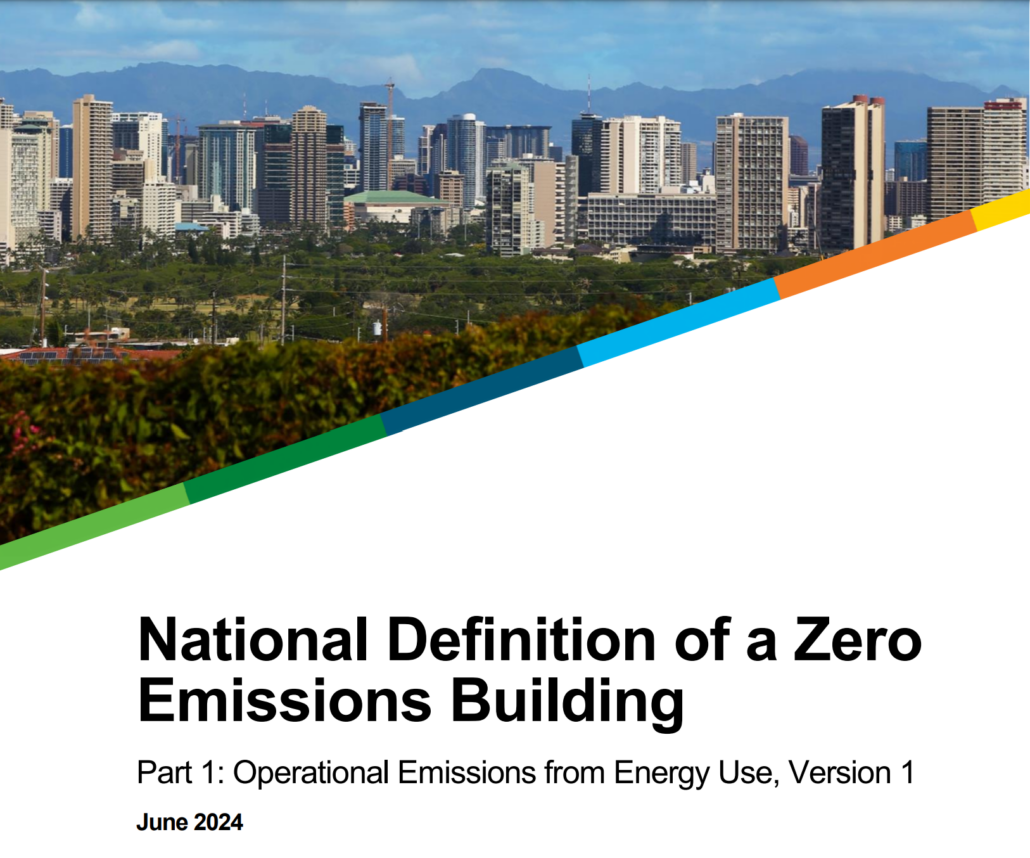July GreenHome Job Alerts + Gen Z and Green Building
Regarding jobs, the next generation (Gen Z) is saying they want green jobs but need help getting the training they need for the correct skills. “In a survey by LinkedIn, around three-quarters of Gen Z workers said that they’re now even more concerned about climate change than they were a year ago. Around half are experiencing climate anxiety or chronic distress about climate disasters and the future of the planet; 61% want to get a green job within the next five years, but fewer than 20% say that they see a clear path to getting those jobs.” The reality is there are many green homes and sustainability jobs! Every month, we post our new #greenhomejob alerts, and many of these jobs are entry-level. Some are even internships. If you know anyone looking to start their green jobs career, please help share this. The good news is when it comes to filling the skilled labor gap, the next generation is now pouring into these jobs over traditional degrees and it is great to have teachers like Matt Blomquist, the Building Trades Instructor at Taylorville High School, who is ensuring these students are getting the net zero green home jobs training to prepare them for the future, filling the skilled trades gap and growing interest in green jobs. GHI offers many non-traditional forms of training and alternatives to college education that provide certifications and accreditation to focus on what they want to do. Learn more and take our short quiz to see which training is right for you!
- GHI member Jobs
- Project Architect and Architectural Associate, Indigo Design + Development, Grand Rapids MI
- Multiple positions, Meadowlark Design+Build, Ann Arbor MI
- HVAC Tech (work on heatpumps!) Hendricks Heating, Grand Rapids, MI
- Home Energy Rater, Energy Code Help Sagamore Beach, MA
- Manager – Performance Construction, LG, Chicago IL
- Associate Program Manager – heat pump tax credits, State of Colorado, Denver CO
- Multiple positions, Meyer Berger, Goodyear AZ
- Home Electrification Advisor, Zero, Denver CO
- Housing Construction Director, Habitat for Humanity Michigan, Lansing MI
- Conservation Programs Specialist, Holland Board of Public Works, Holland MI
- MI Solar for All Program Director, State of Michigan, Lansing MI
- Strategic Communications Manager – US Federal and State Policy, Rocky Mountain Institute, Washington DC
- Residential Buildings Decarbonization Fellow – Building Technologies Office, Zintillect, Washington DC
- Senior Program Officer – Pacific Northwest, Enterprise Community Partners, Seattle WA
- Account Manager – Mass Save HPC and Facilitated Services, Abode Energy Management, Concord MA
- Program Officer, Enterprise Community Partners, Detroit MI
- Illinois Clean Energy Jobs & Justice Fund Executive Director, Public Sector Consultants, remote
- Building Science Specialist, Airtight Energy Consulting, Northampton MA
- Chief Executive Officer, BPI, remote
- Technical Program Manager, Channing St. Copper Co., Berkeley CA
- Regional Director – Midwest, Vote Solar, remote
- Policy Intern Tax & Appropriations, Enterprise Community Partners, Washington DC
- Building Decarbonization Technical Advisor, City of Boston
- Residential Quality Assurance Provider, Earth Advantage, Portland OR





